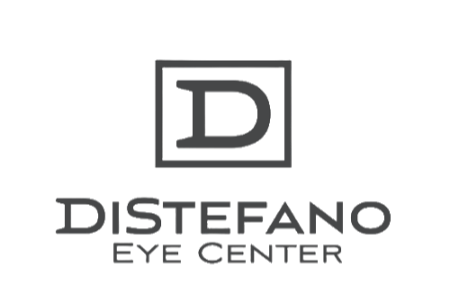Refractive Eye Conditions
Refractive errors occur when light does not focus properly on the retina because of the shape of the eye. The resulting image is blurred. Common refractive errors are myopia (nearsightedness), hyperopia (farsightedness), astigmatism (distorted vision), and presbyopia (aging eyes).
Myopia (Nearsightedness)
A myopic eye is longer than a normal eye or has a cornea that is too steep causing light rays to focus in front of the retina instead of on it. With myopia, close objects appear clear, but distant ones appear blurred.
Hyperopia (Farsightedness)
A hyperopic eye is shorter than normal or has a cornea that is too flat. The light rays focus beyond the retina instead of on it. With myopia, close objects appear clear, but distant ones appear blurred.
Astigmatism
The cornea of an astigmatic eye is curved unevenly. Images focus in front of and beyond the retina, causing both close and distant objects to appear blurry.
Presbyopia
Presbyopia refers to the hardening of the lens that occurs with age. After the age of 40, the lens becomes more rigid and cannot change shape as easily to accommodate near objects. This makes reading and other tasks performed at close range difficult. Presbyopia can occur in combination with any of the other three refractive errors.
LASIK surgery changed my life. I'm more productive and more active than ever. I wish I'd done it sooner. Dr. Distefano and her staff were amazing!
Roger L.Appointments
Schedule an appointment at either of our offices.


